Nowadays you can have everything you want in your mobile phone. Apps and widgets improve your standard of living in a way never seen before. Inventions appear every week, and it’s difficult to make something new that gets people’s attention.
One year ago, some San Jorge University students started a new project. They developed software that uses RFID technology. Radio-frequency identification is the use of a wireless non-contact system that uses electromagnetic fields to transfer data. Using your smartphone and a special device integrated in a watch you can find objects you have interacted with before.
The main attraction is that the user doesn’t realize that the device is running. It creates a database by itself that stores the information read in the RFID tag. After that, the system creates some “relationships” among all the objects based in the time when the user has touched them and the frequency of use.
Try to imagine you are driving your car in a town you don’t know. When you park the car you should be able to find it later, but it will be difficult to remember the name of the streets. That is when this system starts. When you get out of the vehicle, the watch will read the tag put in your car, saving the position in a data base. This tag will be related with the one that is in your car key, so every time you touch this key, a map that is synchronized with the one that is in your car key appears on the screen of your smartphone.
They have developed another program for elderly people which help them with their medicine. Thanks to a tag placed in the bottle of pills, the device detects when the patient takes one. You have to introduce the recommended dose before, and if you exceed the maximum dosage your smartphone warns you about it (and even calls the doctor). This is very helpful for people who have mental diseases, like Alzheimer.
Hyberus, a technology company from Zaragoza, is helping Walqa Technological Center, in Huesca, and their students with the project thanks to a special check which gives €40,000 to this innovative project.
By Clara González Tosat


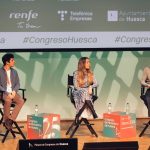


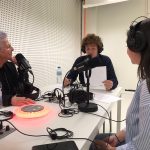
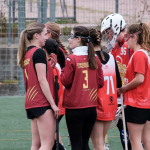
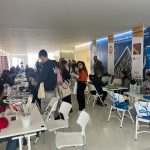








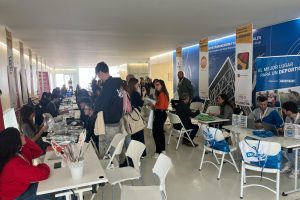


Comentar